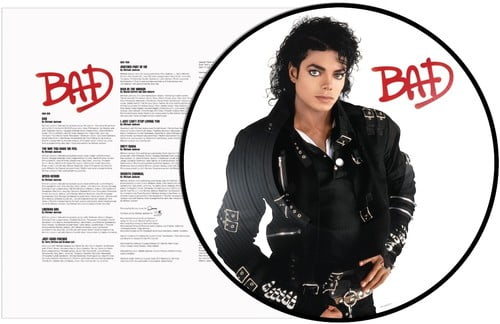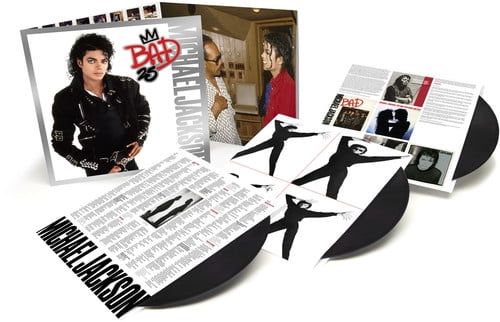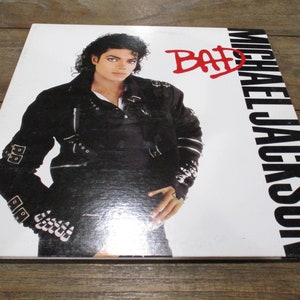
1 LP of all time, a distinction it maintains today. The video’s frenzied reception, whipped up by round-the-clock showings on MTV, would more than double album sales, driving Thriller into the record books as the No. “Thriller” was the seventh and last single and third video (after “Billie Jean” and “Beat It”) to be released from the album of the same name, which had already been on the charts for almost a year since its release, in November 1982. It was the “Thriller” video that pushed Jackson over the top, consolidating his position as the King of Pop, a royal title he encouraged and Elizabeth Taylor helped popularize. “It was all about the music, until it also became about the sales and the awards, and something changed forever.” “In the Off the Wall/Thriller era, Michael was in a constant state of becoming,” says Glen Brunman, then Jackson’s publicist at his record company Epic. He would spend the rest of his career trying to surpass it.

“Thriller” marked the most incandescent moment in Jackson’s life, his apex creatively as well as commercially. Jackson then was a naïve, preternaturally gifted 25-year-old “who wanted to be turned into a monster, just for fun,” as Landis recently told me-and had the money to make it happen. None of this was imaginable back at the Palace Theatre 27 years ago. A YouTube 41-million-hit sensation features more than 1,500 inmates in a Philippines prison yard executing the funky footwork as part of a rehab program designed to “turn dregs into human beings” the prison, in the city of Cebu, has become a T-shirt-selling tourist attraction. The dance has become an annual tribal ritual in major cities around the world, with initiates in ghoul makeup aping Michael’s moves en masse the current record for largest dance of the undead is 12,937, held by Mexico City. Unlike forgotten favorites from MTV’s heyday (Duran Duran’s “Hungry Like the Wolf,” anyone?), “Thriller” is thriving on YouTube, where one can view, along with the original, scores of “Thriller” dance tutorials and re-enactments by Bollywood actors and Bar Mitzvah celebrants.

In January of this year it was designated a national treasure by the Library of Congress, the first music video to be inducted into the National Film Registry. The campy horror-fest with dancing zombies that is “Michael Jackson’s Thriller,” originally conceived as a 14-minute short film, is the most popular and influential music video of all time. The world certainly thought so, and apparently still does.

He whispers to me, “I bet it will be sexy.” Landis gets the shot he wants and calls for the next setup, satisfied. The star flinches and licks his lips uncomfortably, then gazes earnestly into Ray’s eyes. Landis calls for another take and coaxes: “Make it sexy this time.” “It’s only a movie,” Jackson reassures his date. Landis executes the long crane shot, then moves in for close-ups and dialogue. Seconds later Jackson steps into his nimbus of light, and it is as if he flips on an internal switch: he smiles, he glows, he mesmerizes. Judging from the saucy looks she is sending his way, Ray is clearly besotted by her leading man, who responds by casually throwing an arm around her shoulders. The camera crew is making final preparations for a crane shot that will pan down from the marquee as Jackson and Ray, playing a couple on a date, emerge from the theater. Michael Jackson, a shy pixie in a red leather jacket and jeans, stands in shadow in the theater’s entryway, talking with actress Ola Ray and director John Landis. Although everyone involved in the production has been sworn to secrecy, word of tonight’s shoot has leaked and been broadcast on local radio.

A cascade of shrieks-“Michael! Michael!”-drifts on the breeze from a few blocks away, where hundreds of fans strain against police barricades for a glimpse of their idol. O n a chilly autumn night, gaffers rig motion-picture lights around the entrance to the Palace Theatre, which bears the title “Thriller” on its marquee.


 0 kommentar(er)
0 kommentar(er)
